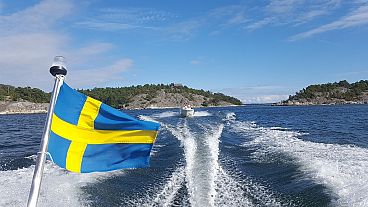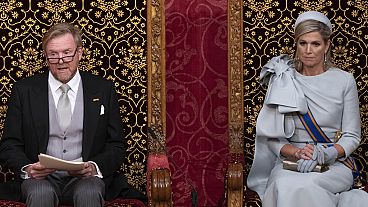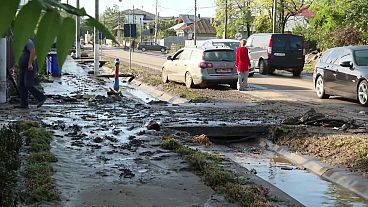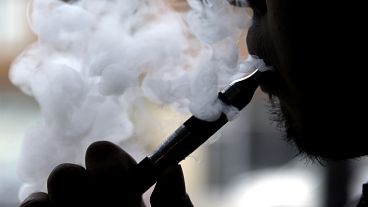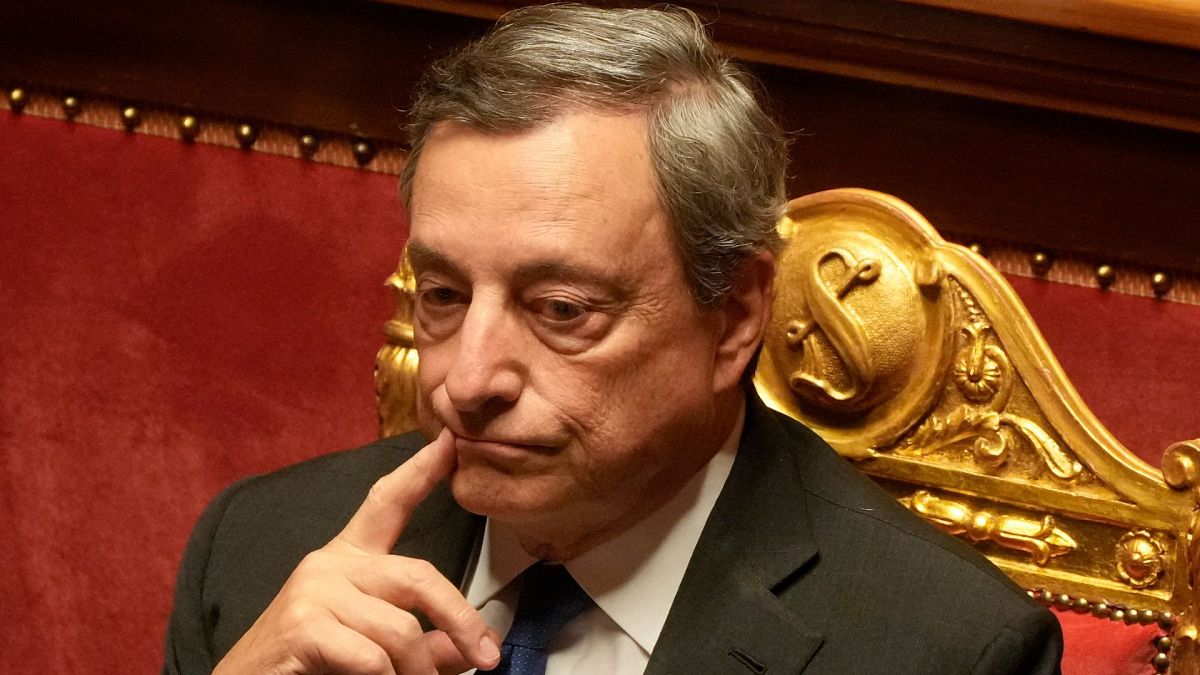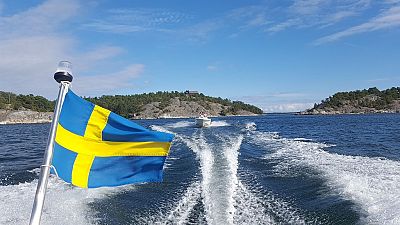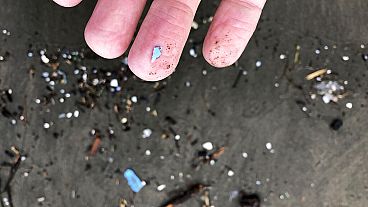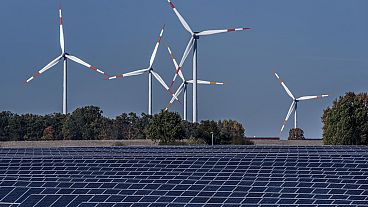The landmark Draghi report says the green energy transition is key to saving Europe's economy.
A landmark report released on Monday outlines how to rescue Europe's economy - with a major focus on the green energy transition.
Headed by former Italian Prime Minister and former President of the European Central Bank Mario Draghi, the ‘Future of European Competitiveness’ report details the investments Europe needs to make to stay on track with its main rivals, namely the US and China.
No less than a third of its 328 pages are dedicated to the energy sector and its central role in driving both decarbonisation and EU competitiveness.
One assertive stance drives Draghi’s recommendations: climate neutrality will not be possible without growth.
For Draghi, the path to net-zero will involve supporting low-income households, reducing the cost of energy for final users, softening national interventions on energy prices and training an additional workforce in the EU to mine and process critical materials.
However, measures to protect biodiversity, curb pollution and restrict cancer-causing ‘forever chemicals’ are criticised for hampering the EU’s competitiveness.
Here are five of the most important green takeaways from the Draghi report.
5. Supporting low-income households in their energy transition
“Citizen engagement is essential for a successful transition,” the report notes.
Draghi highlights the importance of targeted support for low-income households, which can be disproportionately affected by the cost of the green energy transition.
Not doing so would lead to a rise in energy poverty, increasing social inequality and citizen alienation. It could also disrupt small and medium-sized enterprises, according to the report.
Draghi stresses the need for “well designed” support frameworks for improvements to home insulation and the use of energy-efficient appliances. This is viewed as “critical” for ensuring that the energy transition is “just and inclusive”.
It will also help to ensure the transition is “economically beneficial”, as such investments will enable savings on energy purchases in the future.
4. Reducing the cost of energy for the final user
“The cost of energy must be lowered for the final user,” the report adds.
It highlights that, although energy prices have fallen considerably from recent peaks, they are still much higher than in the US. Electricity is two to three times more expensive in Europe and natural gas prices are four to fives times higher.
Draghi identifies several factors driving these high prices: mainly the lack of natural resources in Europe, but also key issues stemming from the structure of the energy market.
“Market rules prevent industries and households from passing on the full benefits of clean energy to their bills,” Draghi says. “High taxes and rents captured by financial operators increase energy costs for our economy.”
3. A coordinated approach to Europe’s energy crisis
“National interventions in energy markets should be limited,” the report states.
Recalling that the energy crisis resulted in uncoordinated approaches by Member States, Draghi says it affected the resilience of the EU electricity system and calls for more coordination and collaboration on emergency measures in the future.
A “related governance architecture”, he explains, is necessary to avoid “unintended, counterproductive effects”, in neighbouring Member States.
Draghi also pleads for a reform of the criticised EU electricity market.
2. Training an EU workforce to mine critical minerals
“Europe must have the workforce and know-how to mine and process domestically available critical materials,” the report details.
According to Draghi, domestic supplies of critical minerals could meet the EU’s demand for some materials by 2030. This potential should be better tapped and involve more European workforces.
This is part of a broader strategy to boost the continent’s energy sovereignty and decrease dependencies on other regions of the world, notably China.
1. Biodiversity, pollution and PFAS take a backseat
Despite other key environmental objectives set by Europe to protect biodiversity and reach ‘zero pollution’, these issues are only mentioned once and twice respectively throughout the report.
Draghi instead proposes to roll back several legislative measures meant to tackle this triple global crisis.
His position triggered strong reactions from the European Environmental Bureau.
“Competitiveness is not the goal; protecting the planet and its inhabitants is,” said the NGO’s head of ‘zero pollution industry’ Christian Schaible, according to news and analysis platform Contexte.
Draghi also took a soft stance on PFAS, or forever chemicals, which are set for a blanket EU ban due to their negative impact on human health.
He describes the proposed EU restrictions as a constraint on the deployment of clean technologies like batteries and electrolysers, saying “there are currently no alternatives”.

